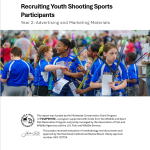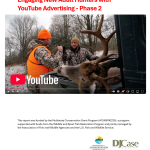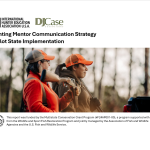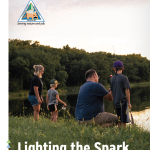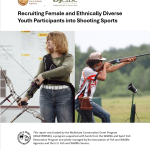Ally Hochstetler
Designer
Ally received her BFA from the Ball State University School of Art in 2021, learning to thrive in both remote and in-person projects. Since then, she has been designing for businesses and non-profits. Ally also spent a semester teaching graphic design at Concord High School. Through DJ Case, Ally has provided both print and digital layout designs for organizations focused on conservation.
Ally grew up in the garden with her mom, asking questions and taking delight in the beauty and diversity of nature. These days she enjoys wandering through fields and woods, no matter the season, where she practices wildlife identification and foraging. She is dedicated to preserving her local ecosystem and encourages anyone who will listen to plant native in their landscaping. Ally believes she has so much more to learn about the world around her and wants to do her part to help it thrive.
317 E. Jefferson Blvd.
Mishawaka, IN 46545
United States




